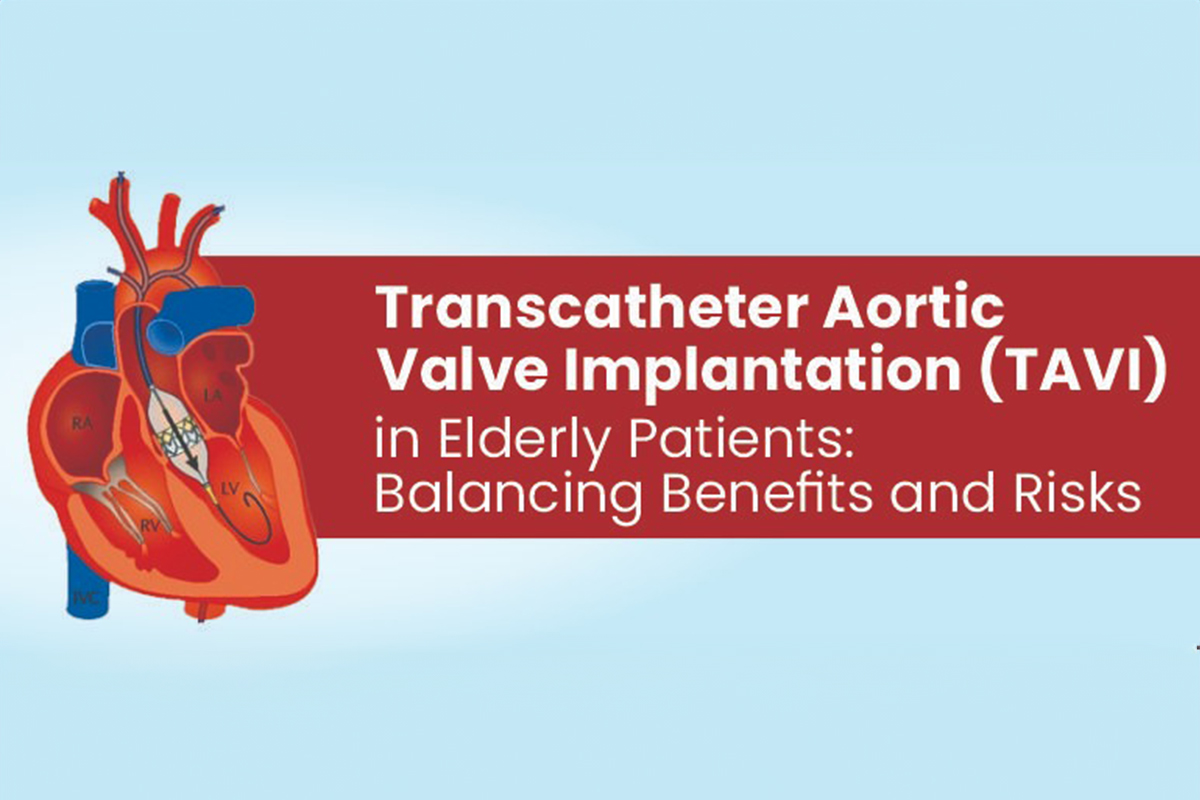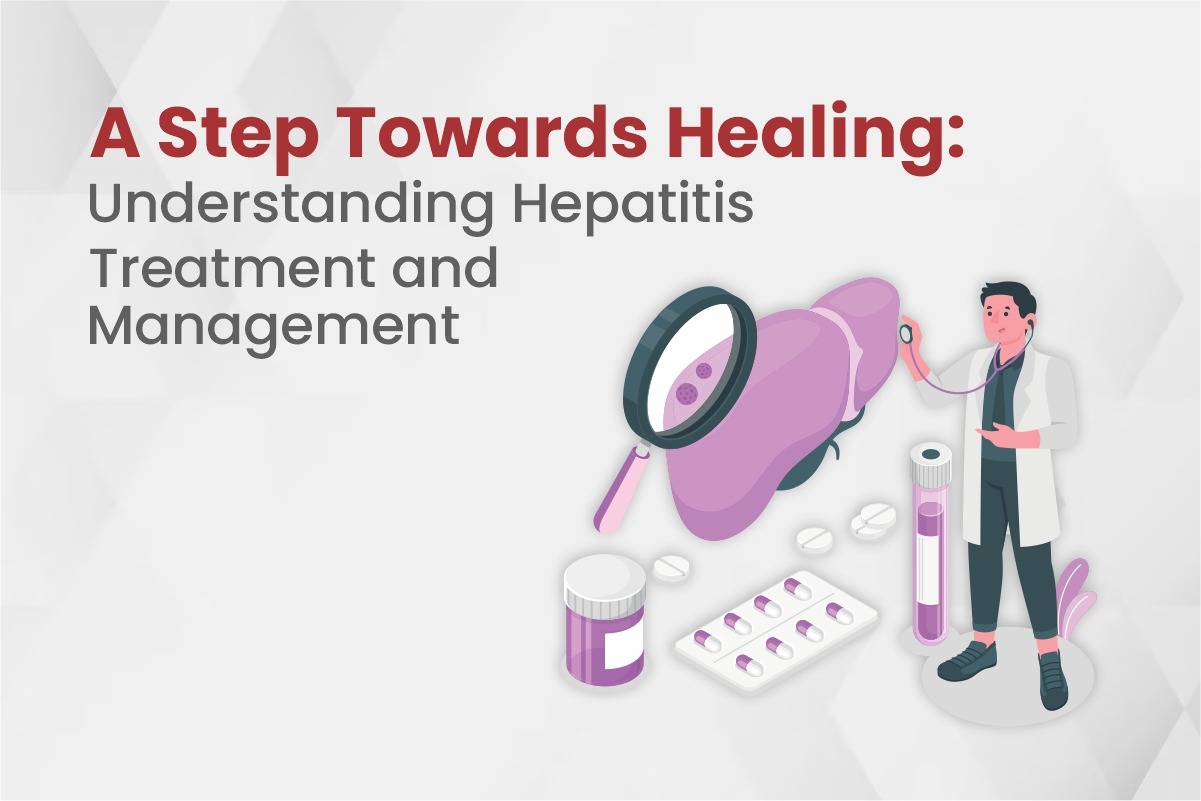
Who is a Candidate for TAVI? Patient Selection Criteria
By Dr. (Prof.) Purshotam Lal Dr. Sameer Gupta in Interventional Cardiology Cardiology
Sep 9, 2023
Transcatheter Aortic Valve Implantation (TAVI) has revolutionized the treatment of aortic stenosis, offering a less invasive alternative to Surgical Aortic Valve Replacement (SAVR). TAVI has been a game-changer for many patients, particularly those considered high risk or inoperable for open-heart surgery. However, patient selection is critical to ensuring the success of TAVI. In this article, we will explore the criteria that define an ideal candidate for TAVI.
Understanding Aortic Stenosis
Before delving into the selection criteria for TAVI, it’s essential to understand aortic stenosis. Aortic stenosis is a heart condition characterized by the narrowing of the aortic valve, which obstructs blood flow from the heart to the rest of the body. It can lead to chest pain, shortness of breath, fatigue, and even heart failure if left untreated.
TAVI: A Minimally Invasive Solution
TAVI involves the implantation of a prosthetic valve through a catheter, typically inserted via the femoral artery in the groin or through a small incision in the chest. The prosthetic valve then expands and replaces the diseased aortic valve, restoring normal blood flow. This minimally invasive approach has made TAVI an attractive option for patients who cannot undergo traditional open-heart surgery.
Patient Selection Criteria
- Severe Aortic Stenosis: The most fundamental criterion is the presence of severe aortic stenosis confirmed through diagnostic tests like echocardiography. TAVI is reserved for cases where the stenosis is significant and causing symptoms.
- Symptoms: Patients should exhibit symptoms such as chest pain, shortness of breath, fatigue, or lightheadedness due to aortic stenosis. Asymptomatic patients are generally not candidates for TAVI.
- Risk Assessment: TAVI is often considered for patients who are at high or prohibitive risk for SAVR. This includes elderly patients, those with multiple comorbidities, and individuals with frailty or reduced functional status.
- Adequate Life Expectancy: Patients should have a reasonable life expectancy to benefit from the procedure. While TAVI is often performed on elderly patients, their overall health should allow for meaningful improvements in quality of life.
- Anatomical Suitability: The patient’s aortic valve anatomy should be suitable for TAVI. Factors such as the size and shape of the aortic valve annulus are crucial in determining candidacy.
- Risk of Open-Heart Surgery: Patients who are considered at high risk for complications associated with open-heart surgery, such as a full sternotomy, are prime candidates for TAVI. This includes those with previous chest surgeries, lung conditions, or frailty.
- Team Assessment: A multidisciplinary heart team, consisting of interventional cardiologists, cardiac surgeons, and imaging specialists, assesses each patient’s case. Their collective expertise helps determine the most appropriate treatment approach.
- Informed Decision-Making: Patients and their families must be actively involved in the decision-making process. They should understand the benefits and potential risks associated with TAVI.
- These criteria ensure that TAVI is offered to patients who are most likely to benefit from the procedure while minimizing risks. Collaboration between patients, families, and healthcare providers is essential in making informed decisions about TAVI candidacy.







